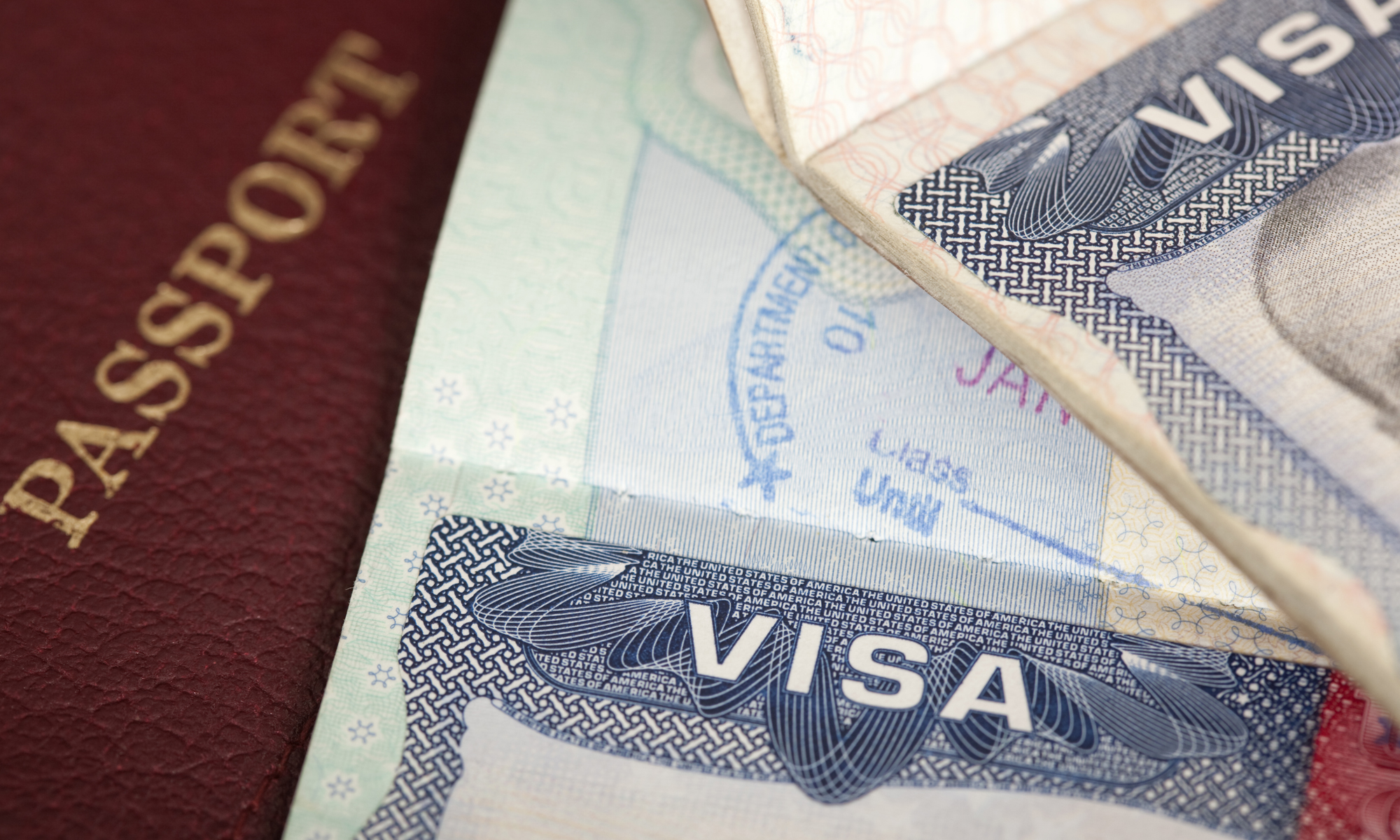By: Valentine Brown
On January 26, 2019, USCIS announced that Premium Processing will resume on January 28, 2019 for all cap-subject FY2019 H-1B petitions; in other words, for any H-1B lottery application filed last April that is still pending with the agency. But shouldn’t all of those petitions have already been approved? Well, um…. yes. But wasn’t the employment start for all of those petitions October 1, 2018? Another, Yes. In spite of these facts there are several thousand H-1B cap-subject petitions still un-adjudicated or waiting for a decision months after employers responded to USCIS requests for additional information. Better late than never, as the old adage goes.
The announcement means that employers who have any of those thousands of petitions still at the agency can upgrade them to premium processing and receive a decision or a request for additional information within 15 days. Employers who are currently compiling responses to requests for information can also submit their response with a premium processing upgrade and $1410 to obtain a decision on their petition within 15 days.
The USCIS announcement is only applicable to cap-subject FY2019 H-1B applications. Premium processing remains suspended for the following H-1B categories, at least until February 19, 2019.
- H1B Extension Petitions that include changes to the original position
- H1B Petitions where there is a change of employer
- H1B Petitions that request amendments with changes to the original petition
The continued ban on premium processing, especially for petitions where there is a change of employer is burdensome to both employers and H-1B status holders. With current adjudications taking as long a six months and denial rates higher than ever, it is often too risky for an H-1B nonimmigrant to make an employer switch until the H-1B petition is approved, and for employers waiting six months or more for a new hire to start is untenable.
Premium processing continues to be available for H-1B cap exempt petitions filed by institutions of higher education, government research entities and some qualified non-profit organizations that file petitions at the California Service Center. It is also still available for H-1B extension petitions where there are no changes or amendments. These are applications that are filed with the Nebraska Service Center.
USCIS states that the agency will update the availability of premium processing for other categories once the workload of the agency permits. It is unclear whether the original deadline for the lifting of the premium processing ban of February 19, 2019 will be honored, or whether the ban will be further extended.
